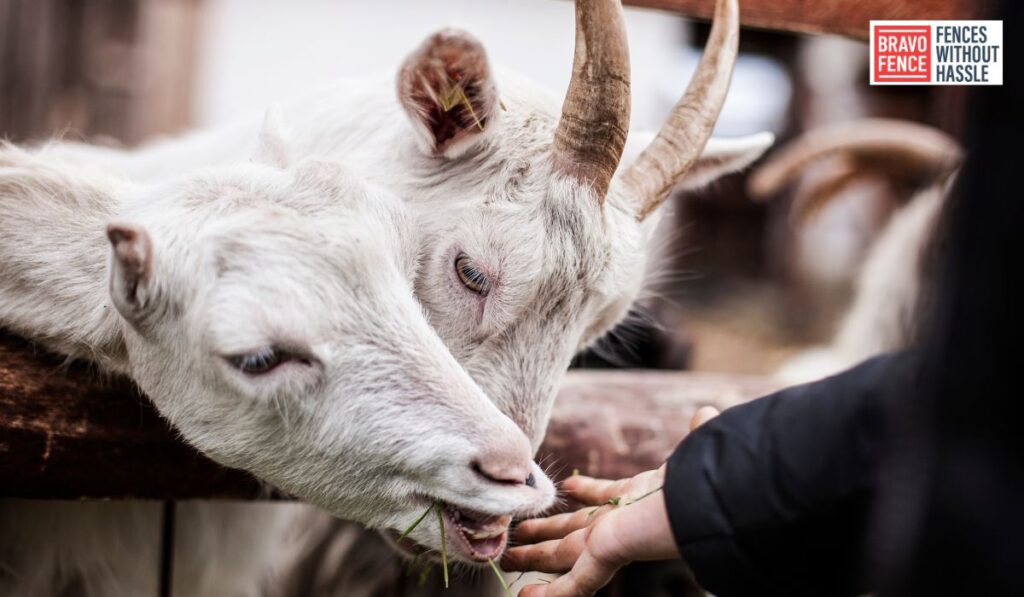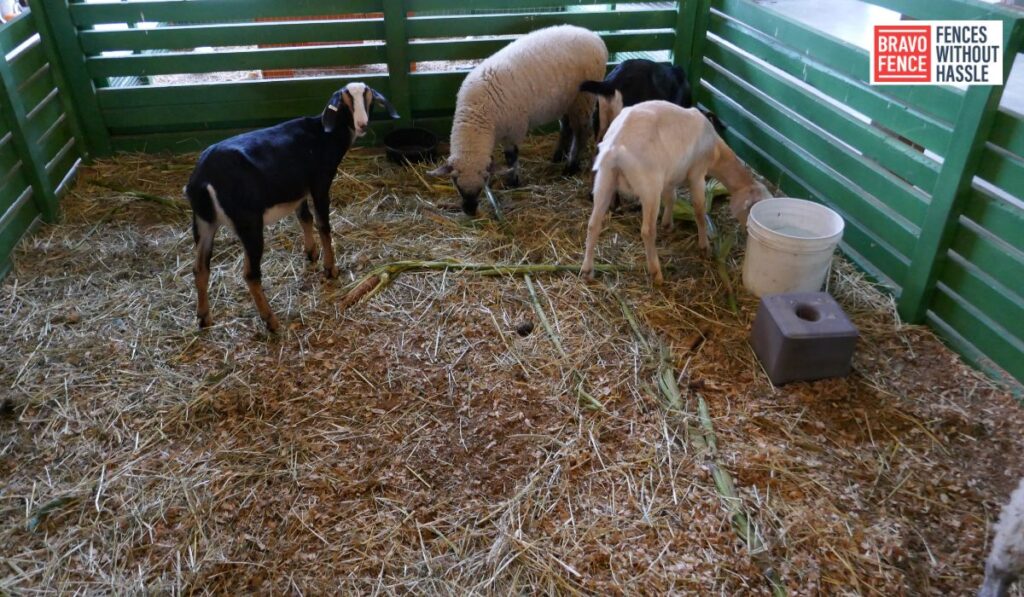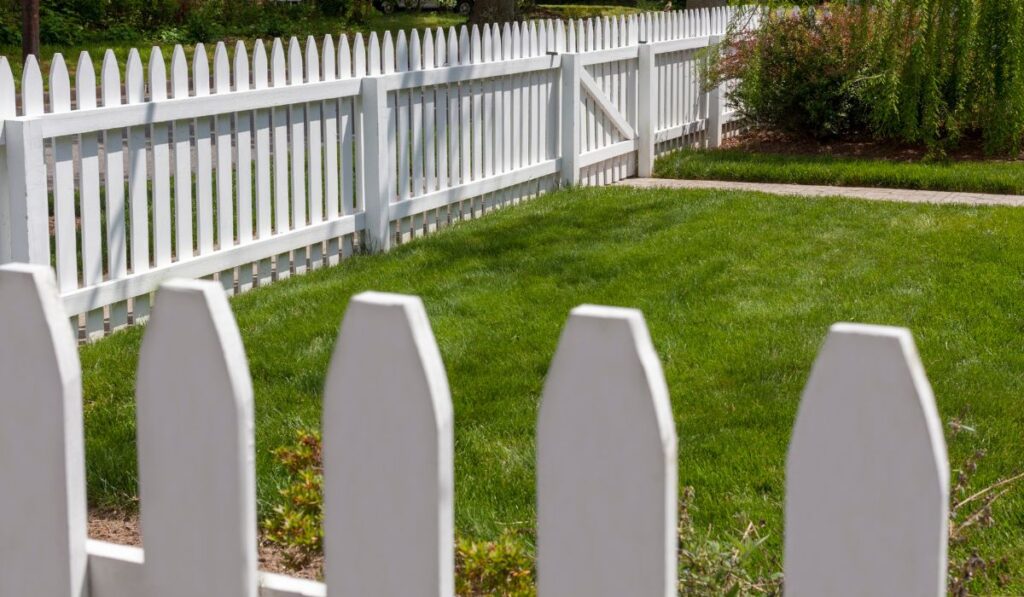Pets are not just animals; they are cherished members of our families.
Their safety and well-being are of utmost importance to us.
One of the key aspects of ensuring their safety is providing them with a secure environment.
This is where pet-safe fencing options come into play.
In this comprehensive guide, we’ll explore various fencing solutions that will help you keep your furry friends safe and content.
Understanding the Need for Pet-Safe Fencing
Our pets, whether dogs, cats, or other furry companions, have an innate curiosity that can sometimes lead them astray.
They might chase after a squirrel, greet a neighbor, or simply explore beyond the boundaries of your property.
This is where pet-safe fencing becomes essential.
It not only keeps your pets within the confines of your property but also prevents unwanted intruders from entering.
Traditional Fencing vs. Modern Pet-Safe Options
Traditionally, pet owners relied on wooden or chain-link fences to contain their animals.
While these options are effective to some extent, they may not always be the safest or most practical choice.
Modern pet-safe fencing options provide innovative solutions that address the shortcomings of traditional fencing methods.

Types of Pet-Safe Fencing
Wireless Electric Fencing
Wireless electric fences utilize an underground wire and a collar equipped with a receiver.
When your pet approaches the boundary, they receive a harmless static correction that discourages them from crossing it.
This system offers a safe and invisible way to keep your pet within your property.
Traditional Wooden Fencing
Wooden fences are a classic choice for pet owners.
They provide a physical barrier that prevents your pets from wandering off.
These fences can be customized to match your home’s aesthetics and can even enhance the value of your property.
Chain Link Fencing
Chain link fences are known for their durability and security.
They offer excellent visibility, allowing your pets to see the world outside without the risk of escaping.
Adding privacy slats can also make them more aesthetically pleasing.
Vinyl Fencing
Vinyl fences are low-maintenance and provide a secure enclosure for your pets.
They are resistant to weathering and offer a clean and modern appearance.
Factors to Consider When Choosing Pet-Safe Fencing
Choosing the right fencing option for your pets involves considering several factors:
Pet Size and Breed
Smaller pets may require different fencing solutions than larger breeds.
Ensure that the fence you choose is appropriate for your pet’s size and any specific needs they may have.
Budget Considerations
Fencing costs can vary significantly.
Set a budget that aligns with your financial situation and explore options within that range.
Aesthetics and Curb Appeal
Your fence should enhance the beauty of your home, not detract from it.
Consider the visual impact of the fencing material and design on your property’s overall look.
Installation and Maintenance Tips
Proper installation and maintenance are crucial for the effectiveness of pet-safe fencing.
If you’re unsure about the installation process, it’s advisable to seek professional help.
DIY vs. Professional Installation
While some pet owners may opt for DIY installation, professional installation ensures that the fence is correctly set up and safe for your pets.
Training Your Pet to Respect the Fence
Even the best fencing won’t work if your pet doesn’t understand its boundaries.
Training is a key component of successfully using pet-safe fencing.
Advantages of Pet-Safe Fencing
Pet-safe fencing offers numerous benefits:
- Peace of mind knowing your pets are secure.
- Prevention of accidents and injuries.
- Protection against wildlife and other potential threats.
- Enhanced property value.
Potential Drawbacks and How to Overcome Them
No fencing solution is without its challenges.
Understanding potential drawbacks and addressing them proactively is essential.
Pet-Safe Fencing: Legal Considerations
Be aware of local regulations and zoning laws that may impact your choice of fencing.
Pet-Safe Fencing: Environmental Impact
Consider the environmental implications of the materials you choose for your fence.
Pet-Safe Fencing Accessories
Enhance the functionality of your pet-safe fence with these accessories.
Real-Life Success Stories

Hear from pet owners who have successfully implemented pet-safe fencing and the positive impact it has had on their pets’ lives.
Conclusion: Providing a Safe Haven for Your Beloved Pets
Investing in pet-safe fencing is a decision that not only keeps your pets secure but also adds to their quality of life.
With the right choice and proper training, you can provide your beloved pets with the freedom to explore while ensuring their safety.
Don’t wait any longer; take the necessary steps to protect your furry companions today.
FAQs
How does wireless electric fencing work, and is it safe for pets?
Wireless electric fencing works by creating an invisible boundary using a buried wire and a collar with a receiver. It’s safe for pets and provides a mild static correction to deter them from crossing the boundary.
Can I install pet-safe fencing on my own, or do I need professional help?
While DIY installation is possible, professional help ensures proper installation and safety for your pets.
Are there any specific maintenance requirements for pet-safe fencing?
Regular inspection and maintenance are essential to ensure your pet-safe fence remains effective. Check for any damaged wires, loose connections, or worn-out collars.
Do I need to train my pet to use the fence, and how do I do it?
Yes, training is crucial. Start by familiarizing your pet with the boundaries on a leash and gradually introduce them to the correction signal.
Are there any alternatives to traditional fencing for keeping pets safe?
Yes, wireless electric fencing and vinyl fencing are effective alternatives to traditional wooden or chain-link fences.
Is wireless electric fencing suitable for all types of pets, including cats?
While wireless electric fencing is commonly used for dogs, it can also be used for cats. However, training cats to respect the boundaries may be more challenging compared to dogs.
What is the lifespan of different types of pet-safe fencing materials, and how often do they need replacement?
The lifespan of fencing materials varies. Wooden fences can last around 10-15 years with proper maintenance, while vinyl fences can last 20-30 years. Chain link fences are durable and can last even longer. Replacement timelines depend on factors like weather and maintenance.
Can I install pet-safe fencing in a rental property, or is it only suitable for homeowners?
You can install pet-safe fencing in a rental property with the landlord’s permission. However, it’s important to choose fencing options that are removable or won’t damage the property to ensure you can take them with you when you move.
Are there any alternatives to electric fencing for containing particularly energetic or stubborn pets?
Yes, for pets that are not responsive to electric fencing, consider physical barriers like tall wooden or vinyl fences. Additionally, there are training programs and pet behavior specialists who can help manage and train such pets.
What should I do if my pet digs under or climbs over the fence despite training?
If your pet is finding ways to bypass the fence, consider reinforcing the bottom of the fence with dig guards or adding extensions to prevent climbing. Additionally, consult with a professional dog trainer or behaviorist for further guidance on managing such behaviors.






